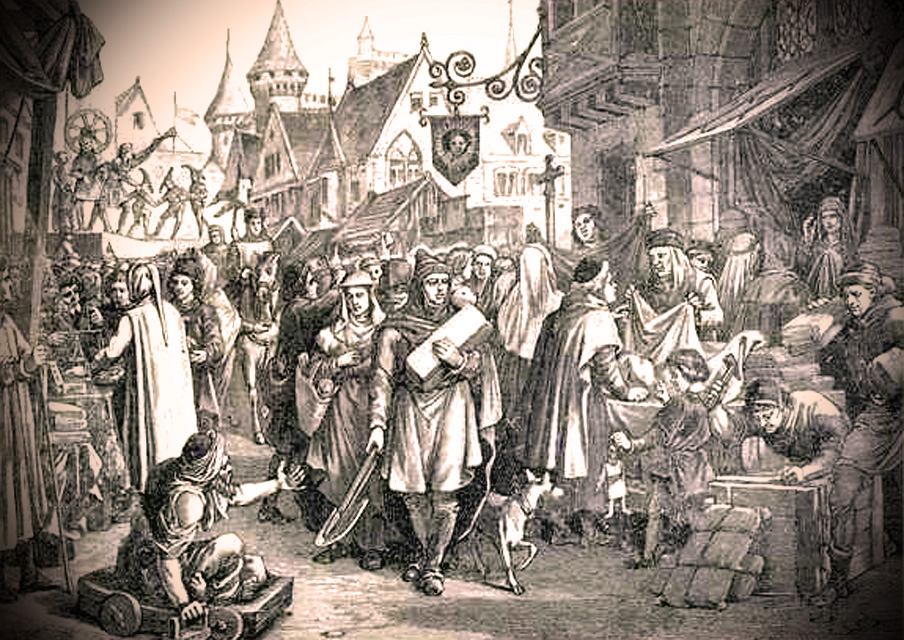 Origins and Development
Origins and Development
Medieval trade fairs were crucial for economic integration and the development of regional and international commerce. These fairs, often held annually or semi-annually, attracted merchants from distant regions, facilitating the exchange of goods such as textiles, spices, metals, and agricultural products. Notable fairs, such as the Champagne Fairs in France and the Frankfurt Fair in Germany, became important commercial hubs that connected different economic regions.
Economic Functions
Trade fairs provided a centralized location for buying and selling goods, reducing the risks and costs associated with long-distance trade. They offered merchants access to a broad market, where they could negotiate prices, establish trade agreements, and diversify their goods. The presence of money changers, brokers, and notaries facilitated financial transactions and credit arrangements, enhancing the efficiency of trade and commerce.
Social and Cultural Exchange
Beyond their economic functions, medieval trade fairs were sites of social and cultural exchange. They brought together people from different regions and backgrounds, fostering interactions and the sharing of ideas, technologies, and cultural practices. Fairs also provided entertainment, such as performances, tournaments, and festivals, creating vibrant social environments that contributed to the cultural life of medieval towns.
Conclusion
Medieval trade fairs were essential for economic integration and the development of regional and international trade. Their role in facilitating commerce, social interactions, and cultural exchange highlights their importance in the economic and social fabric of medieval Europe.
